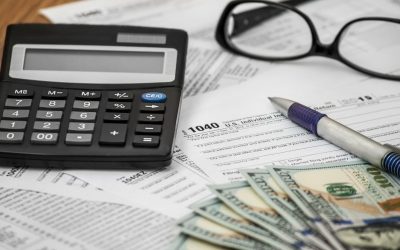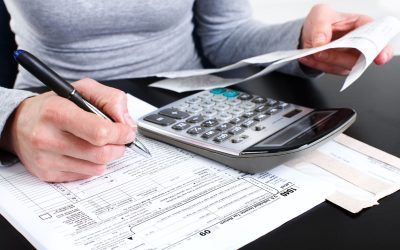In the ever-evolving landscape of sustainable building design, the 179d Tax Deduction For Architects And Engineers stands out as a strategic advantage for professionals focused on energy efficiency. This tax incentive, introduced by the federal government, encourages the adoption of green building practices while offering substantial financial benefits. By leveraging this deduction, architects and engineers can not only support sustainable development but also enhance project savings for themselves and their clients.
Understanding the 179d Tax Deduction
The 179d Tax Deduction is a provision in the Internal Revenue Code that rewards energy-efficient commercial building improvements. Originally enacted as part of the Energy Policy Act, it allows qualifying professionals to deduct a portion of the cost associated with designing energy-saving systems in new or renovated buildings. The deduction applies to systems that reduce energy consumption for lighting, heating, cooling, ventilation, and hot water.
Key Features of the 179d Tax Deduction
- Eligibility: Architects and engineers who design government-owned or non-profit corporation buildings, or participate in projects that meet specified energy standards, can claim the deduction.
- Deduction Limits: The deduction can be as much as $1.80 per square foot, depending on the level of energy savings achieved.
- Qualifying Projects: Both new construction and retrofits of existing buildings may qualify, as long as they demonstrate a specified reduction in energy usage compared to a baseline standard.
How the Deduction Boosts Project Savings
The financial impact of the 179d Tax Deduction For Architects And Engineers extends beyond initial cost savings. Here’s how it can significantly benefit project budgets and long-term financial planning:
- Lower Project Costs
By claiming the deduction, professionals can effectively reduce their taxable income, resulting in lower overall tax liability. This can free up capital for reinvestment in additional sustainable features or other project enhancements. - Competitive Advantage
Professionals who understand and utilize the 179d deduction can offer more cost-effective solutions to clients. This ability to maximize project value through tax savings often sets them apart in a competitive market. - Encouragement of Green Design
The deduction incentivizes the integration of advanced energy-efficient systems. This not only benefits the environment but also helps building owners achieve long-term operational savings through reduced utility costs. - Expanded Opportunities
The 179d deduction is not limited to private projects. Architects and engineers working on government-owned properties can also benefit, as government entities can allocate the deduction to the design team, further expanding the pool of eligible projects.
Steps to Claim the Deduction
To take advantage of the 179d Tax Deduction For Architects And Engineers , follow these essential steps:
- Verify Eligibility: Ensure your project meets the energy efficiency requirements set by the IRS.
- Obtain Certification: Secure a third-party certification demonstrating that the building meets the necessary energy reduction standards.
- Maintain Documentation: Keep detailed records of project costs, designs, and certifications to support your deduction claim.
- Consult a Tax Professional: Seek guidance to navigate the complexities of the tax code and maximize your deduction.
The 179d Tax Deduction For Architects And Engineers presents a valuable opportunity to drive project savings while advancing sustainable design. By understanding the eligibility requirements, benefits, and process for claiming the deduction, professionals can unlock significant financial advantages. Embracing this incentive not only supports green building practices but also positions architects and engineers at the forefront of cost-effective, energy-efficient design.


